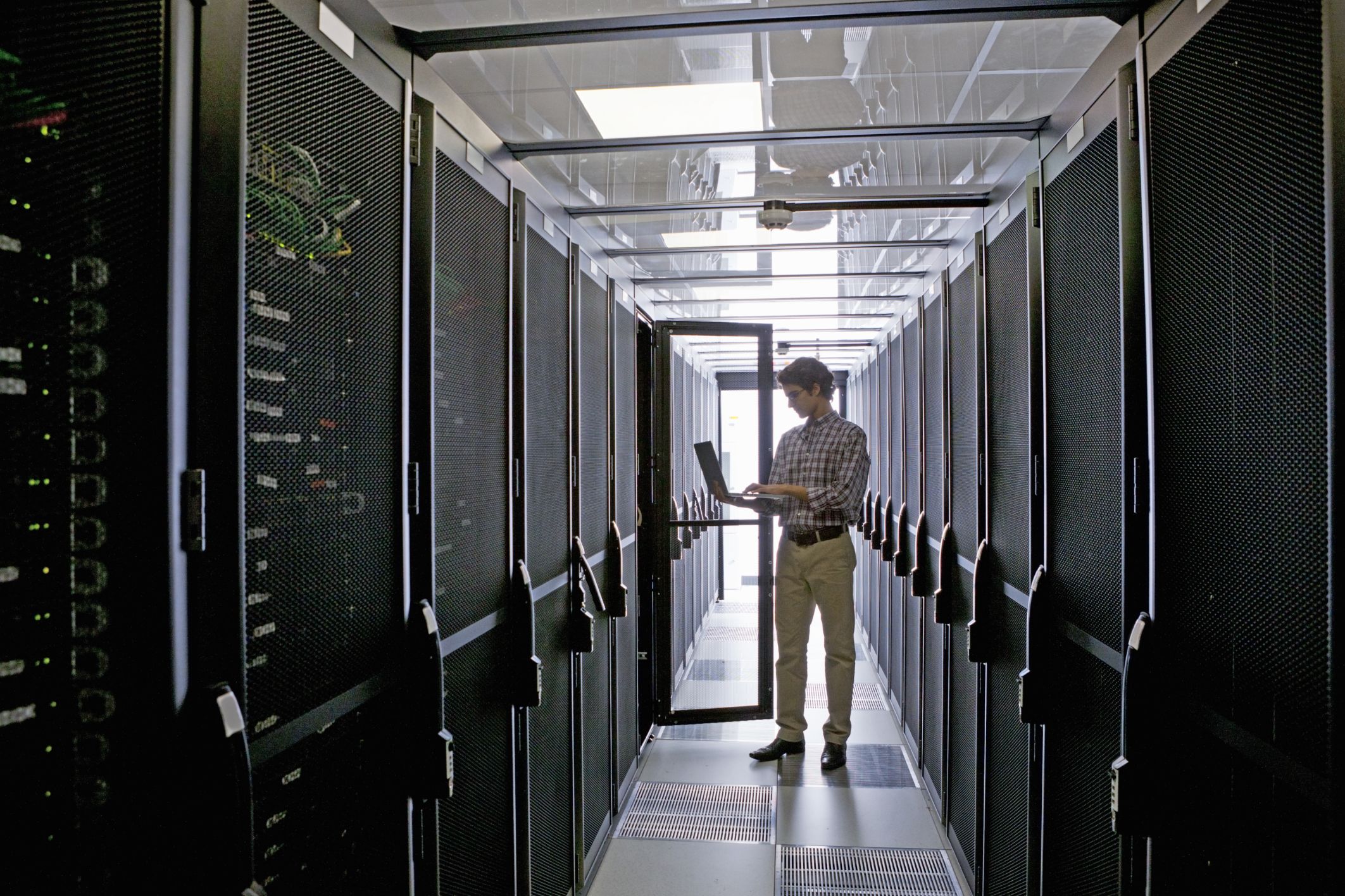
When I read articles like this one; I wonder if folks really fully understand the full impact of what Quantum brings to all things in our current daily lives.
The high performance computing market is going through a technology transition – the Co-Design transition. As has already been discussed in many articles, this transition has emerged in order to solve the performance bottlenecks of today’s infrastructures and applications, performance bottlenecks that were created by multi-core CPUs and the existing CPU-centric system architecture.
How are multi-core CPUs the source for today’s performance bottlenecks? In order to understand that, we need to go back in time to the era of single-core CPUs. Back then, performance gains came from increases in CPU frequency and from the reduction of networking functions (network adapter and switches). Each new generation of product brought faster CPUs and lower-latency network adapters and switches, and that combination was the main performance factor. But this could not continue forever. The CPU frequency could not be increased any more due to power limitations, and instead of increasing the speed of the application process, we began using more CPU cores in parallel, thereby executing more processes at the same time. This enabled us to continue improving application performance, not by running faster, but by running more at the same time.
Continue reading “The Ultimate Debate – Interconnect Offloading Versus Onloading” »

















